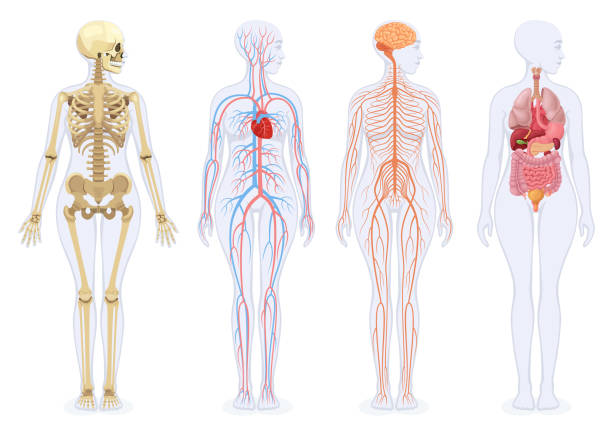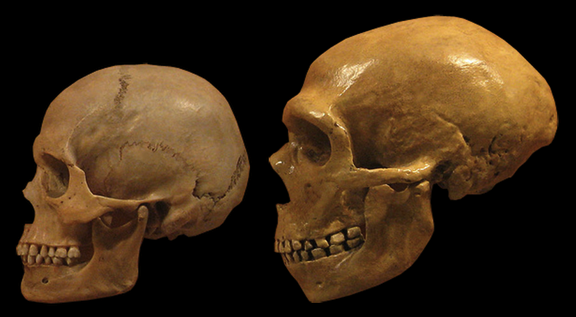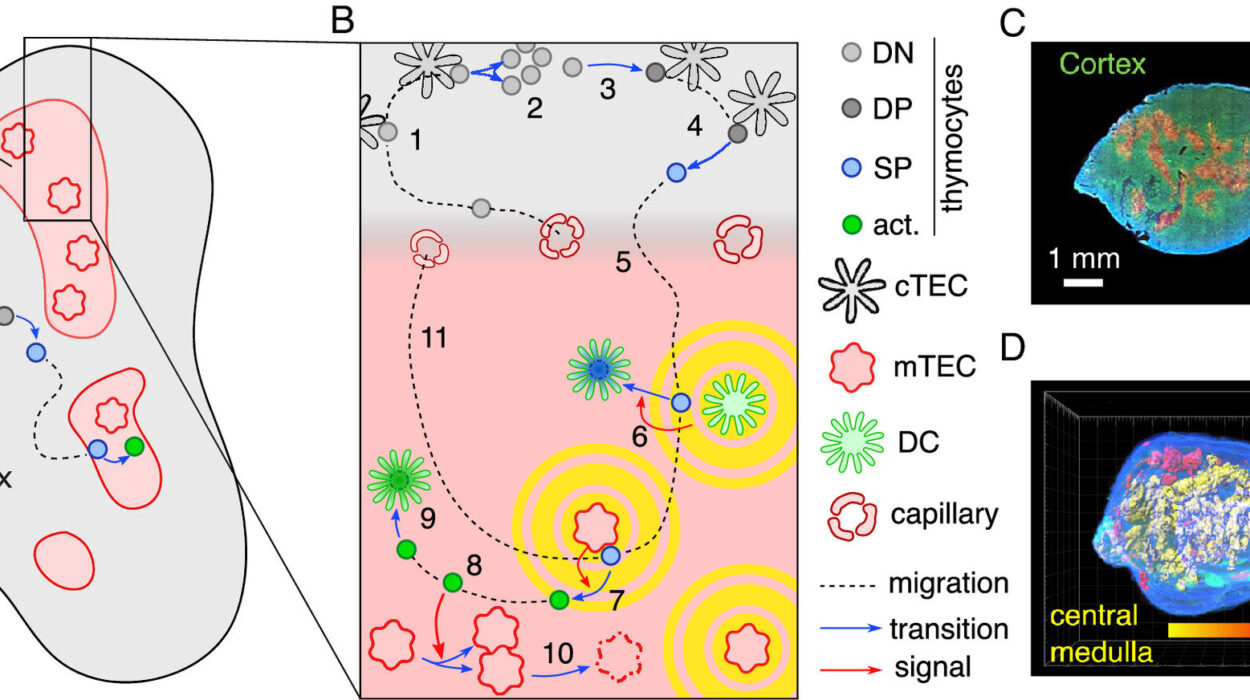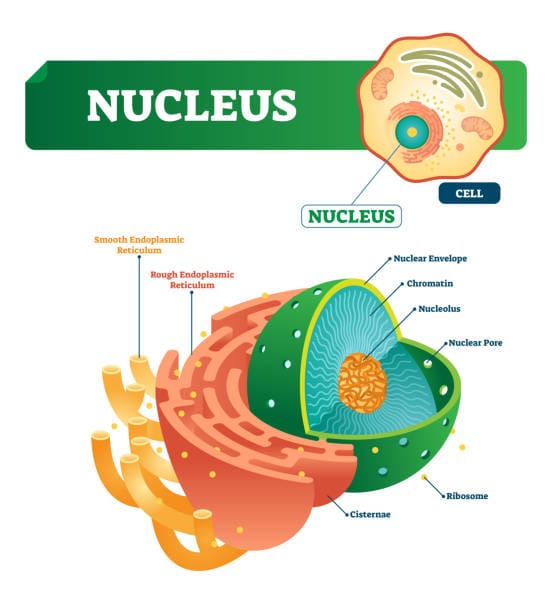Imagine a vast, complex network that powers your every thought, sensation, and movement. From the rhythmic beating of your heart to the awe you feel when gazing at a starry sky—everything is orchestrated by a biological marvel called the nervous system. It’s the body’s ultimate command center, controlling and coordinating nearly all functions that define our existence.
Unlike other systems in the body that have relatively narrow roles—like the circulatory system moving blood or the digestive system processing food—the nervous system is omnipresent. It governs perception, emotion, memory, learning, coordination, response to danger, and even abstract thought. Without it, there would be no consciousness, no personality, no “you” as you know it.
To truly appreciate the nervous system is to embark on a journey deep into the architecture of life itself—down to neurons and synapses, across complex circuits and brain regions, and into the fabric of human identity.
A Network of Networks
At its core, the nervous system is a massive communication network. It sends, receives, and interprets electrical and chemical signals throughout the body. These messages are what allow you to sense your surroundings, decide how to respond, and execute actions, whether conscious or reflexive.
The nervous system is traditionally divided into two major parts: the central nervous system (CNS) and the peripheral nervous system (PNS).
The CNS includes the brain and spinal cord, which act as the processing and command centers. The brain interprets incoming data and issues commands, while the spinal cord serves as a conduit, carrying messages between the brain and the rest of the body.
The PNS, on the other hand, consists of all the nerves that branch out from the CNS to the limbs and organs. It’s further divided into the somatic and autonomic nervous systems. The somatic system controls voluntary movements—like waving a hand—while the autonomic system handles involuntary functions like heart rate, digestion, and pupil dilation.
Neurons: The Messengers of the Mind
The real stars of the nervous system are the neurons—specialized cells capable of transmitting information with extraordinary speed and precision. Each neuron has a unique shape but shares key parts: a cell body, dendrites, and a axon.
Dendrites are the neuron’s receiving arms. They collect incoming signals from other neurons and funnel them to the cell body, which processes the data. The axon, often covered with a fatty layer called myelin, acts as the neuron’s broadcasting cable, sending electrical impulses—known as action potentials—to other neurons, muscles, or glands.
When these electrical signals reach the axon terminal, they trigger the release of neurotransmitters—chemical messengers that jump across a tiny gap called a synapse to the next neuron. This rapid-fire communication is what enables everything from muscle contractions to abstract thinking.
It’s estimated that the human brain alone contains about 86 billion neurons, each forming up to 10,000 connections. This gives rise to a neural network of staggering complexity—so intricate, in fact, that it outpaces even the most advanced supercomputers in efficiency and adaptability.
Glial Cells: The Unsung Heroes
While neurons often steal the spotlight, they don’t work alone. The nervous system also relies on a class of support cells called glial cells, which outnumber neurons by a significant margin.
Glial cells come in several types. Astrocytes nourish neurons and help regulate the chemical environment. Oligodendrocytes in the CNS (and Schwann cells in the PNS) form the myelin sheath, which insulates axons and speeds up signal transmission. Microglia act as the immune defense of the nervous system, clearing away debris and pathogens.
For decades, glial cells were thought to play only a passive, supporting role. But recent discoveries have revealed that glia actively participate in synaptic transmission, plasticity, and even learning and memory. They are integral to how the nervous system functions—and how it malfunctions in disease.
The Brain: The Thinking Organ
The most complex structure in the known universe resides between your ears. Weighing roughly 3 pounds and composed of billions of neurons, the brain is the central hub of the nervous system and the epicenter of cognition, emotion, and creativity.
The brain is organized into several regions, each with specialized functions. The cerebrum is the largest part, divided into the left and right hemispheres, and responsible for higher cognitive functions like language, reasoning, and voluntary movement. Each hemisphere contains four lobes: frontal, parietal, temporal, and occipital—each governing a distinct set of tasks.
Below the cerebrum lies the cerebellum, which coordinates movement, balance, and posture. Despite its smaller size, it contains more neurons than the rest of the brain combined.
At the base of the brain is the brainstem, which connects the brain to the spinal cord and regulates vital life functions such as breathing, heartbeat, and arousal.
Deep inside, structures like the thalamus, hypothalamus, hippocampus, and amygdala play essential roles in processing sensory information, regulating hormones, forming memories, and generating emotions.
All these regions work in concert to create our conscious and unconscious experiences. When you read a poem, solve a math problem, or fall in love, it’s your brain performing a beautifully orchestrated symphony of neural activity.
The Spinal Cord: Highway of Communication
While the brain is the control tower, the spinal cord acts as the high-speed railway, transmitting information between the brain and the rest of the body. Encased in the protective bony vertebral column, it extends from the brainstem down to the lower back and is segmented into regions corresponding to different parts of the body.
Each segment gives rise to a pair of spinal nerves that branch out to muscles and organs, enabling sensation and motor control. The spinal cord also houses circuits that mediate reflexes—rapid, involuntary responses to stimuli that don’t require brain involvement. Touch a hot stove, and your hand withdraws before you even register the pain. That’s your spinal cord at work.
The Autonomic Nervous System: Unconscious Control
Not everything your body does is under your conscious control. The autonomic nervous system operates silently in the background, regulating processes like heart rate, respiration, digestion, and blood pressure.
It has two major divisions: the sympathetic and parasympathetic systems. The sympathetic system prepares you for action—the classic “fight or flight” response. It increases heart rate, dilates pupils, and redirects blood flow to muscles. The parasympathetic system does the opposite, promoting “rest and digest” functions like slowing the heartbeat and stimulating digestion.
These systems work in tandem to keep the body in homeostasis, adjusting physiological functions in real time based on external and internal conditions. Together, they ensure survival in both calm and threatening environments.
The Somatic Nervous System: Conscious Movement
The somatic nervous system bridges the gap between voluntary action and perception. It connects the CNS to skeletal muscles, enabling movement, and to sensory organs, allowing perception of stimuli like touch, temperature, pain, and proprioception (awareness of body position).
Every time you type on a keyboard, lift a glass of water, or jump over a puddle, the somatic nervous system is translating your intent into precise muscular contractions. Simultaneously, it’s feeding your brain a stream of sensory data, keeping you informed about your body and environment.
Neural Plasticity: Adapting Through Change
Contrary to the old belief that the brain and nervous system are fixed after childhood, modern neuroscience reveals a stunning capacity for neural plasticity—the ability of neurons to change their connections and behavior in response to experience.
This plasticity is what allows us to learn new skills, recover from injuries, and adapt to changing environments. It’s the basis for memory, education, and rehabilitation. Neurons can form new synapses, strengthen existing ones, or even rewire entire circuits in response to repetitive activity or damage.
In extreme cases, brain regions can take over functions previously handled by damaged areas. This adaptability is why stroke victims can sometimes regain lost functions and why musicians’ brains physically change in response to years of training.
Disorders of the Nervous System
Given its complexity and critical role, it’s no surprise that the nervous system can be vulnerable to dysfunction. Disorders can be genetic, degenerative, infectious, traumatic, or autoimmune.
Neurological disorders like Alzheimer’s disease, Parkinson’s disease, and multiple sclerosis involve progressive degeneration of neurons or the protective myelin sheath. These diseases can impair memory, coordination, or cognition and currently have no cures—only symptomatic treatments.
Mental health conditions, such as depression, anxiety, and schizophrenia, also have neurological underpinnings. Imbalances in neurotransmitters or connectivity between brain regions can disrupt emotion regulation and thought patterns.
Infections like meningitis or encephalitis attack the brain or spinal cord. Trauma, such as concussions or spinal cord injuries, can cause lasting damage. Autoimmune conditions, like Guillain-Barré syndrome, involve the immune system attacking nerves.
Understanding these diseases requires deep knowledge of the nervous system’s intricate workings—and new treatments often arise from breakthroughs in neuroscience.
The Nervous System in Evolutionary Perspective
The evolution of the nervous system is a tale of increasing complexity. Simple organisms like jellyfish possess nerve nets—basic systems that can detect stimuli and produce responses. Flatworms have rudimentary brains and paired nerve cords.
As animals became more complex, so did their nervous systems. Vertebrates evolved centralized brains and spinal cords, along with specialized regions for processing sensory input and coordinating movement. In primates and humans, the cortex expanded dramatically, giving rise to abstract thought, language, and self-awareness.
This evolutionary journey highlights the nervous system’s role not just in survival, but in enabling the richness of life and consciousness.
Mapping the Mind: The Future of Neuroscience
We are entering a golden age of neuroscience. Technologies like functional MRI (fMRI), optogenetics, brain-machine interfaces, and artificial intelligence are giving scientists unprecedented insight into the brain’s inner workings.
Projects like the Human Connectome Project aim to map the complete wiring diagram of the brain. Brain-computer interfaces promise new treatments for paralysis and neurodegenerative diseases. Genetic tools may one day repair or replace faulty neurons.
Meanwhile, philosophers, cognitive scientists, and AI researchers are exploring the mind-brain relationship. What is consciousness? Can machines ever replicate human thought? These are the next frontiers—and they all hinge on our understanding of the nervous system.
Conclusion: The Electric Soul of Humanity
The nervous system is more than just a biological system. It is the seat of sensation, the platform of memory, the engine of thought, and the stage upon which emotion and identity are played. It allows us to interact with the world, to express ourselves, to dream, to love, to grieve, and to hope.
Whether you’re marveling at the vastness of space, composing a symphony, or simply enjoying the taste of your favorite dish, it is your nervous system that makes the experience possible. It is, in many ways, the electric soul of humanity—an intricate, living network that turns biology into awareness and motion into meaning.
Understanding it is not only a scientific journey but a profoundly human one.






